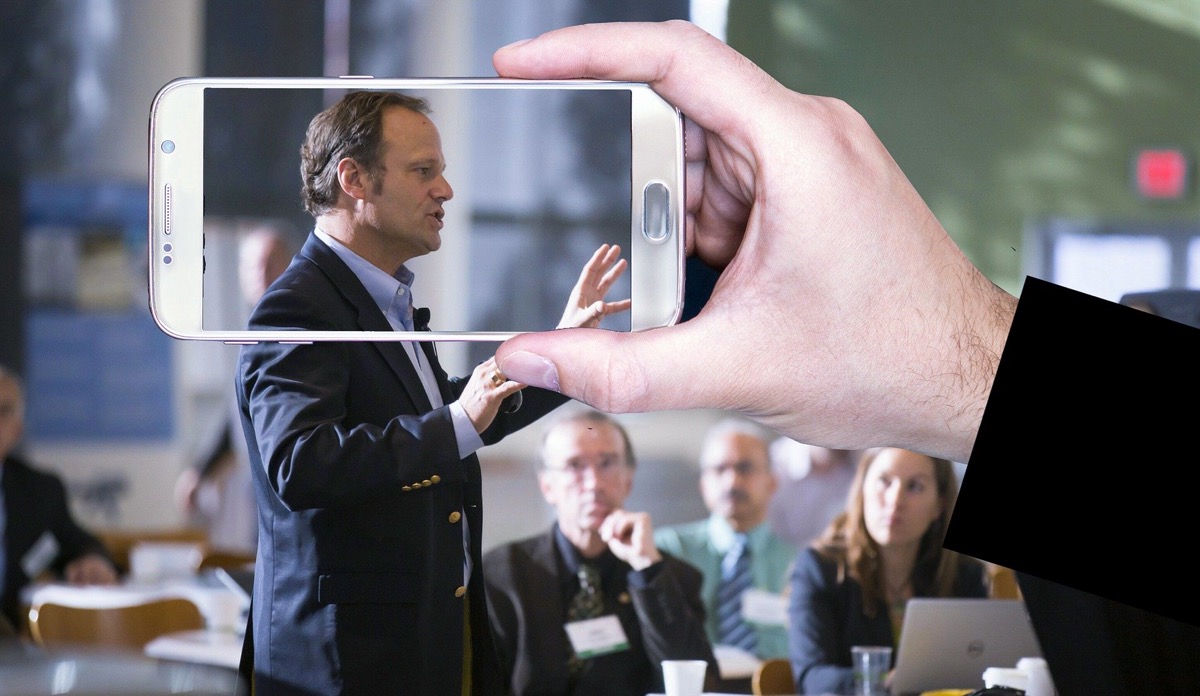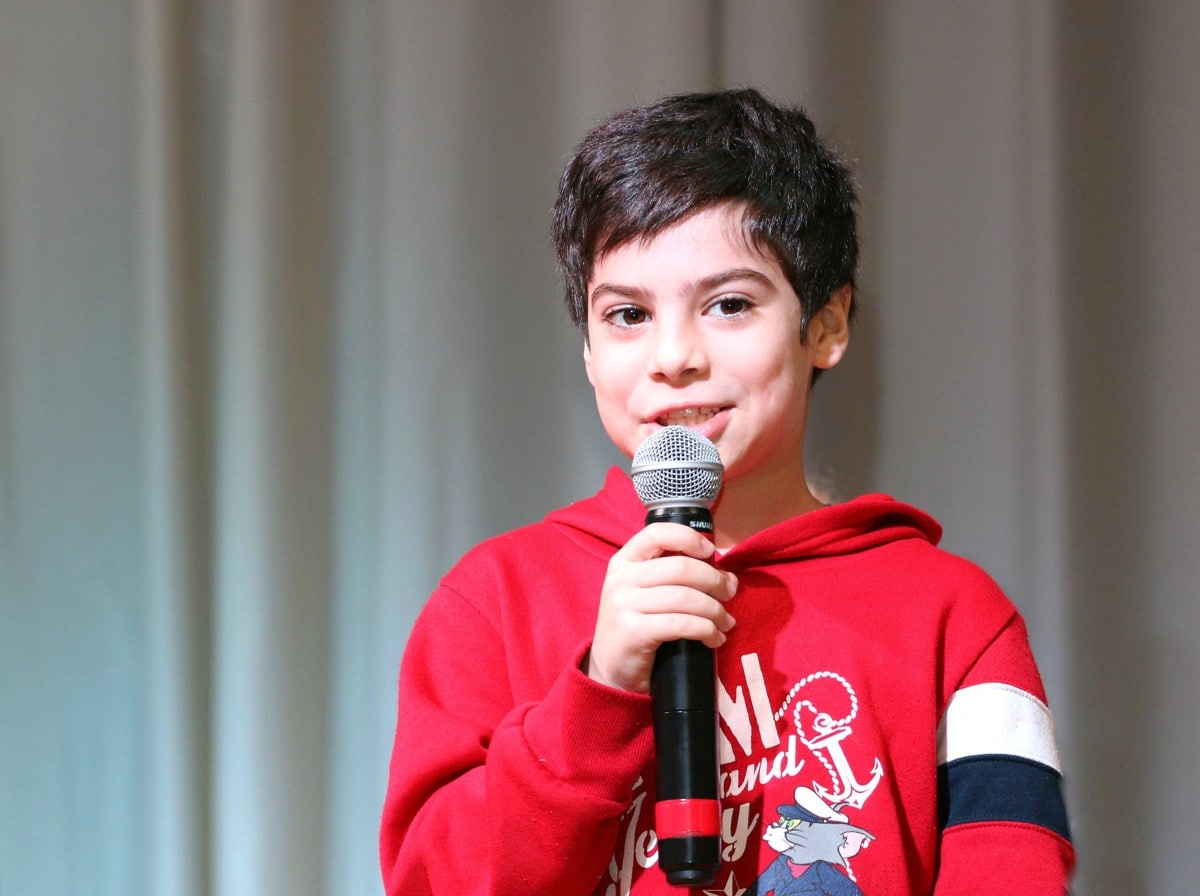
Without realizing it, we speak without words, it is our body that says a lot about us and we hardly perceive it. You can say that you agree on something, worse if you really do not agree, your body language will give you away. Only a person who understands body language will be able to know that you really do not agree even if you say yes or try to convince otherwise than you think.
If you don't know what we mean when we talk about body language, then the time has come for you to understand what types there are, the characteristics that define it and some examples to understand it better.
The 4 types of body language
Have you ever noticed your own body language? Without even speaking, you communicate non-verbally every day through your body language. The way you move, walk, sit, and stand can give you a better understanding of who you are. All people express their body language in four ways: a light and dynamic movement, a smooth and fluid movement, a dynamic and determined movement, or a precise and bold movement.
Each of these movements has different meanings and matches one of the 4 types of energy. The energy profile is a personal profile system based on movement, and everything in our natural world leads with a dominant energy type. The two most powerful assessment tools when discovering your type of energy are your facial features and your body language.
Let's take a look at the 4 types of body language so you can understand what they mean. Surely you feel that you are a mixture of some of them, but possibly you have a dominant one… Don't miss out!

Type 1
Type 1 has to do with upward, light, and upbeat energy. You walk with a floating and cheerful dock in your path. You sit and stand with a lot of movement, changing your position often. You may appear restless to others, as you don't like to sit or stand still, focusing on one thing for a long time. You often sit cross-legged or very comfortably on the floor.
Example: “My brother was always embarrassed to walk with me through the hallways of our school. She said she was so hyper and was always flitting around like a butterfly, often bumping into things and people. "
Type 2
Type two is all about smooth, flowing energy. You walk smoothly and gracefully. You take longer steps and keep your feet close to the ground. There is no bounce in your stride, rather a very fluid movement. You sit and stand in the shape of an S-curve or a relaxed curve, keeping your head to one side.
Example: “I am often at the end of the group, walking 2-3 steps behind my partner and Type 3 daughter. Just the other day my Type 3 daughter was saying, 'Come on mom, hurry up!' I told her we didn't have to rush and she said, "I'm a Type 3. I like to run!"
Type 3
This type has substantial active, reactive energy. You walk with determination in your step, with a firm plant on your feet, fast and energetic. Everyone can hear you coming. People can even hear you when you sit down, due to your deliberate movement. You create angles when you sit down and stand up. Legs crossed, one leg raised under you, your head tilted to one side, your hands on your waist or your body bent at the waist.
Example: “The other day I walked from one side of our house to the other where the rest of my family was. When I entered the room, I noticed that everyone was looking at me. 'What happens?' I asked. "Nothing," said my husband. "We thought you were angry, walking like this." I hadn't even realized it!

Type 4
This type of energy is constant. You walk very upright, immobile and majestic, with little movement in your limbs and body. You also sit very upright, with a straight posture, both feet on the ground, hands folded or hanging at the sides. You usually have a formal look. Most runway models express the dominant Type 4 Energy: naturally upright, balanced and structured in movement, with straight shoulders and perfect posture.
Example: “My type 4 husband walks at a steady pace, wherever he goes. Usually it doesn't slow down. And if you're late, you won't rush. In fact, if I rush it, it will stop walking altogether until I stop rushing. He prioritizes being the authority of his own movement ”.
Features you should know
In the 1970s, Albert Mehrabian, a UCLA communications scholar, sparked a revolution in our understanding of presentation skills. Their experiments showed that a listener's emotional response to a speaker's message had more to do with it. with the facial expression and tone of voice of the speaker than with the actual words the speaker was using.
For the next 30 to 40 years, disseminators and consultants thought long and hard about Mehrabian's findings, claiming they indicated that non-verbal communication has more meaning than the actual words of a speaker. Anyone who has attended a college conference knows that this is unlikely. Mehrabian did not speak of meaning but of feelings and attitudes. So don't believe it when someone tells you that you say more with tone and body language than words.
However, Mehrabian's work makes it clear that your presentation skills must incorporate tone and body language, because being wrong can sabotage your message by causing a negative emotional response. In other words, your presentation is always more than what you say.
If you want to speak, conference or present, you are responsible for your message. You must use your presentation skills to present it clearly and effectively. That means you have to be careful with your body language. You need to appear natural and enthusiastic. The elements of body language of a presenter are facial expression, balance, foot placement, and gestures.

- Facial expression. It has to be attractive and pleasant. The best way to achieve these qualities is to smile. A smile enlivens your face and makes you more interesting. It also makes an audience like you more and helps you connect with them. So look the audience members in the face and smile.
- The equilibrium. This means distributing your weight evenly between your feet. Stand with your feet shoulder-width apart and your hands at your sides (except when gesturing). No matter what your message is, this posture reinforces you by conveying frankness and authenticity. Good posture projects energy; poor posture projects apathy or uncertainty. When you are upright and balanced, it seems like you are ready for anything. Vertical does not mean rigid.
- The placement of the feet. This means staying in place without moving, walking, or hitting, all of which convey the impression of nervousness. To emphasize a thought, you can walk in a straight line, closer to the audience, but when you do, stop, express the thought, and then return to a more neutral position.
- The gestures are from the shoulder, so they involve the whole arm. They are away from the body and are always done with the palm open. Do them one arm at a time, because when you gesture with both arms, your hands tend to follow, what looks like a dance move. And use your gestures to illustrate what you are saying.